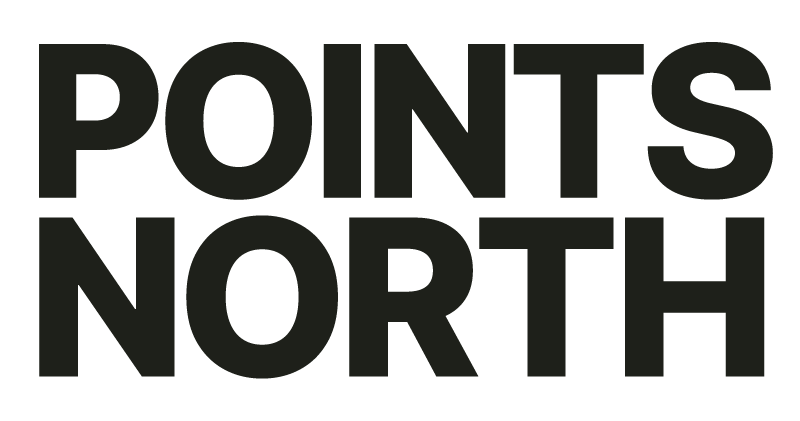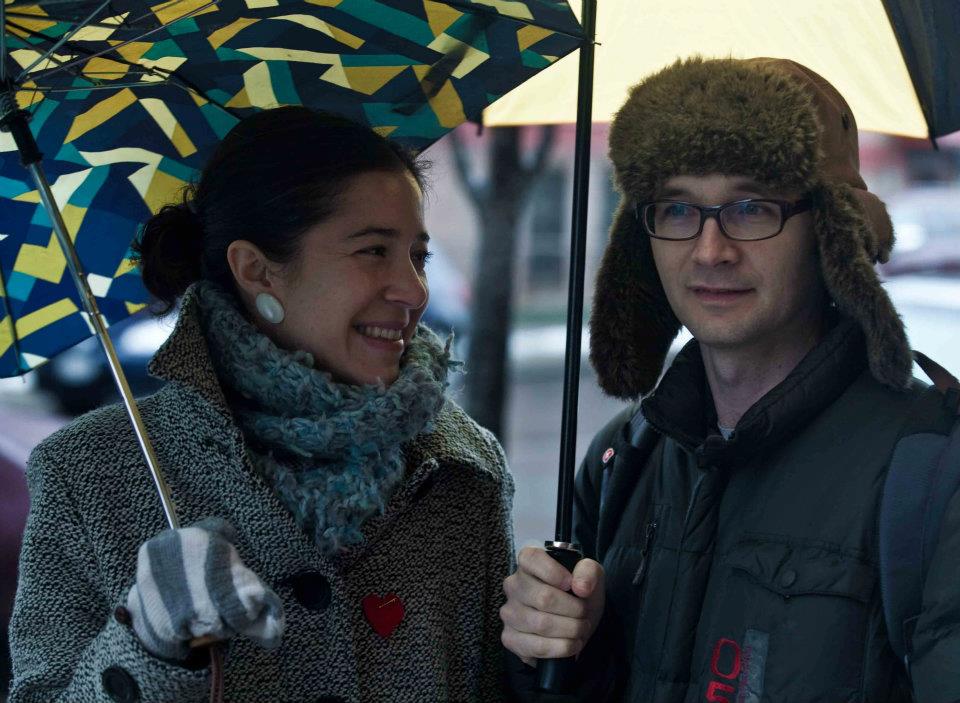10×10 Interview with David Redmon
Director, Mardi Gras: Made in China
1. Can you talk a bit about why you two decided to focus your life and careers on making documentary films?
An overwhelming number of sociologists use documentaries to teach in their courses, yet 99% of sociology teachers do not encourage video ethnography as a legitimate research practice. I left academia to develop my interest in video ethnography and documentary. It remains a debate whether sociology as a discipline begins to recognize or value what it uses as knowledge.
2. You two have a very organic approach towards deciding what your next project is – can you talk a bit about this process, and your reasons for starting your film career with Mardi Gras: Made in China?
I made Mardi Gras Made in China to teach myself how to make a film. Afterward, I thought I’d make a ‘real’ documentary. Little did I know Mardi Gras Made in China would become so well received.
3. David, you are currently working on a novel version of the film Mardi Gras: Made in China, can you talk about out the differences creatively between the two in regards to the telling of this story?
The book of words includes a more nuanced explanation of tracing Mardi Gras beads as commodity chains, whereas the movie of images and sounds is able to experientially convey material in ways that words cannot grasp. The ‘series editors’ of the book are interested in how video ethnography can be integrated into sociology. Therefore, the book is academic and unlikely to reach the same people the movie has reached. I hope the two can work well together to bridge that gap.
4. As storytellers, can you talk a bit about some of the things you look for when you are deciding whether or not to commit to a specific story or project?
First, we’re currently interested in materiality (the ‘stuff of life’) that can’t be treated with words or spoken language. What does this material look and sound like? How does it move? Where does it go? How does it speak to the body? Second, we are interested in experiential activities of sound, movement, and image. Third, we’re interested in the ‘materiality of experience’ that leaves an impression. Last, we will likely break these layers of interest and make another movie, like Downeast or Mardi Gras Made in China, with words.
5. We’re living in what has been called a “renaissance” or another “golden age” of nonfiction cinema. Can you talk a bit about how you feel the doc landscape has changed since you two began making films? And perhaps some of the trends you are seeing.
The renaissance I’ve seen is in the technology that allows more people to make different types of documentaries. A confession, however, is that it’s difficult for me to finish watching most documentaries released in festivals, online, in theaters, etc. Maybe four to six documentaries each year, in my opinion, actually accomplish an impression. The majority of documentaries use technologies to convey words or arguments to a public – they are discursively directed and often reaffirm what an audience (and programmer) wants to hear, or what the filmmaker already believes. With the advent of new technologies, why not dare the documentary form and content? I think Tom Rosen over at the POV Blog has written a bit about your question. I admire him for asking the question, but disagree, at times, with his analysis.
6. Mardi Gras: Made in China won CIFF’s first Harrell Award for Best Documentary Feature in 2005. If you remember, can you talk a bit about your experience at the festival?
I don’t remember much of anything except fragments of lobsters and meeting Nina Davenport, Ellen Perry, a man named John, and Jake with family in Ireland. Memory works in this way for me; it is a fragmented blur of nonlinear associations. These fragments congeal to resemble a broken or reassembled map – something unlike what I probably experienced, but it’s all I can remember.
I do remembering receiving several phone calls from Ben Fowlie who relentlessly tried to convince me to attend Camden. Ben said, “Well fly you here on a private plane.” I was living in Brooklyn during this conversation and told Ben, “But why would you fly me to New Jersey? I can take the train; I live in Brooklyn.” Ben said, “No, not Camden, New Jersey, Camden, Maine!”
7. We’ve shown more of your work then any other filmmakers at CIFF, and you two have likely been to more CIFF’s then any other filmmaker, can each of you share one of your favorite memories?
Every year at Camden Film Festival is a favorite memory. This year, 2013, we left Camden and stopped to pick apples for the first time with Magnolia, our baby (three months old at the time).
8. What are the two of you working on now? Can you fill us in on any details?
We’re working on two movies: one about Donkeys and another about Silence. We have other ideas and will soon pursue them, but they involve movies without words. Enjoy the silence.
9. Any final words for potential readers who might view this film or yours (or any other for that matter) either in a theatre or online? What should a viewer expect from a Carnivalesque Film?
I think readers or viewers shouldn’t expect anything. It would delight us if viewers wanted to be surprised.

